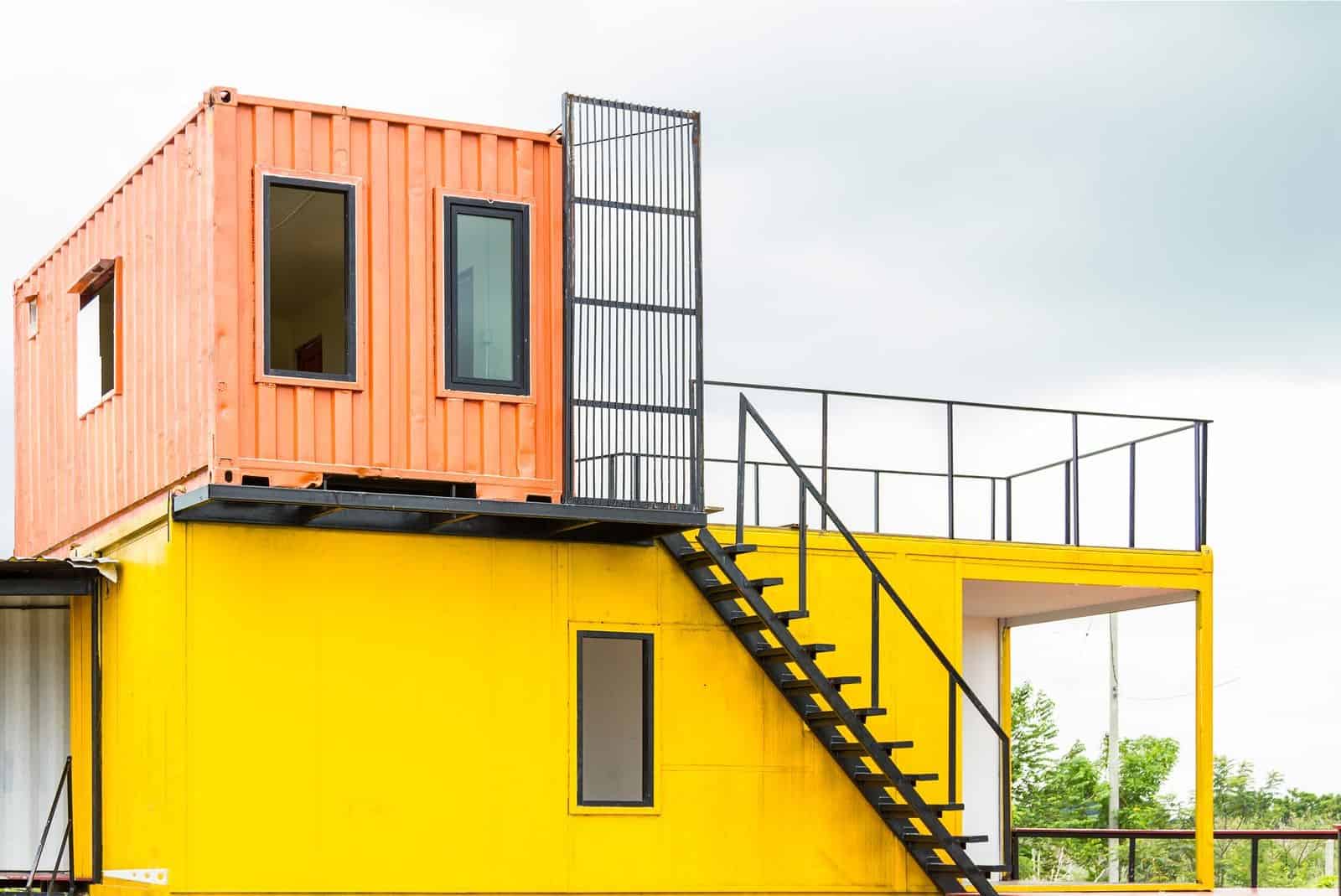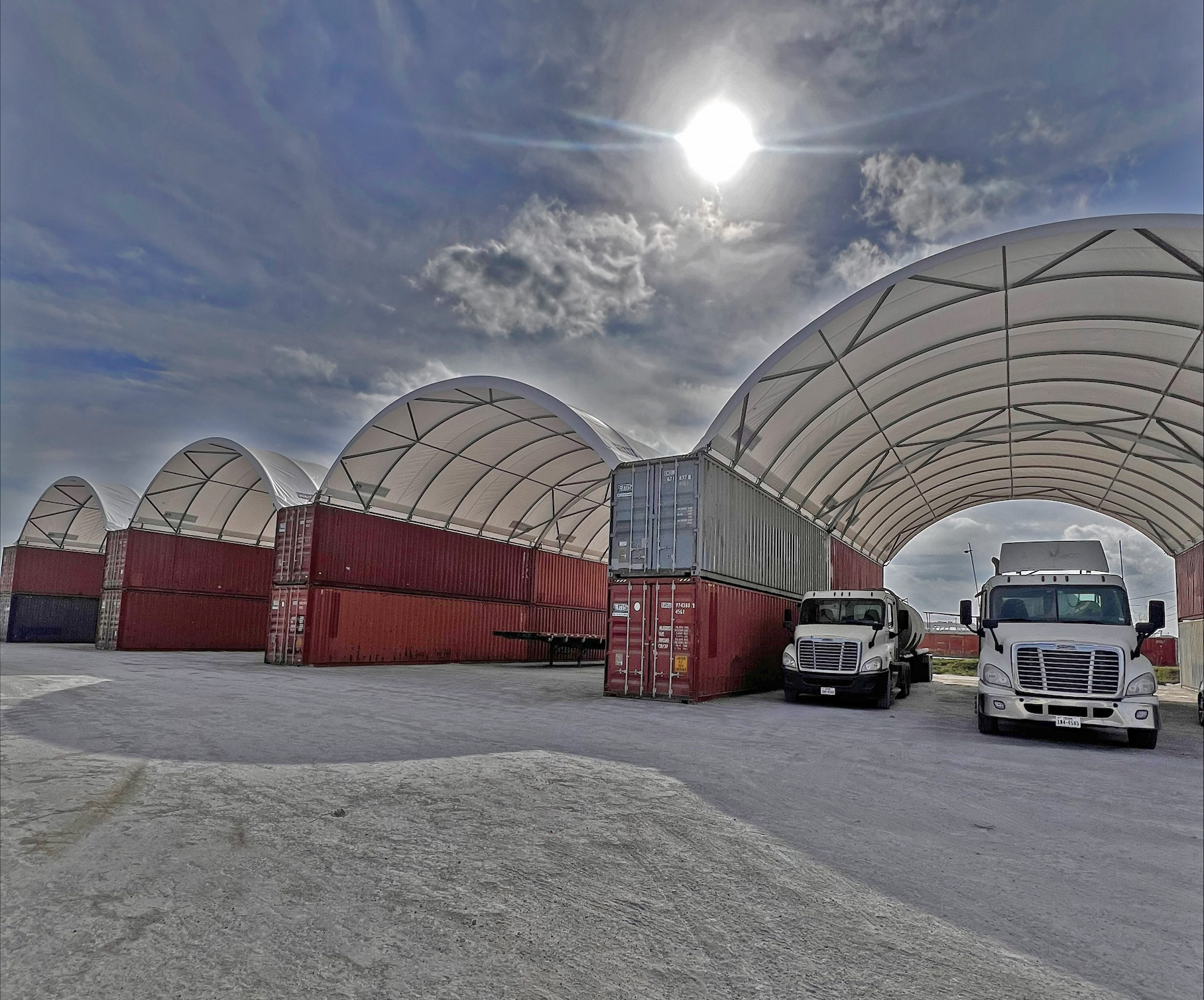The number of shipping containers being turned into houses continues to rise. Thanks to their strength, durability, affordability, and environmental friendliness, shipping containers provide a safe space for people to inhabit. Of course, one must understand the building process of a home using shipping containers for sale. It’s not something you can start moving into upon order. You must still consider the style, layout, and other building requirements of a house.
Here’s a to-do list you may want to follow to avoid making costly mistakes.

Choose the Right Shipping Container
Many homeowners mistakenly think that regular shipping containers are their only options when building a house. While these containers, which are 8 feet, 6 inches in height, would suffice, another option exists. They are called “high cube” containers and they carry an additional foot in height. The extra height capacitates more insulation without compromising headroom.
When you use a high cube container, your ceiling will still be 8-feet high, even after insulating the ceiling. It facilitates more insulation than when you insulate the ceiling of a traditional container. So, before starting to build your house, make sure you’re buying the right type of shipping container.
Comply with Local Regulations
If there’s one thing to keep in mind when building a shipping container home, it’s to follow local planning regulations. Never start any construction without all the necessary permits and licenses. Otherwise, you may find yourself taking down your house just because there are rules you didn’t follow.
Before building, it’s best to contact the local public works building division first. Discuss your construction plans with them. It would also help if you bring architectural drawings and layout plans when talking with the local planning department. This way, you can ensure that none in your project would get in the way of local policies.
Insulate Properly
Insulation is essential to your comfort when building a shipping container home, regardless of the weather. However, a lot of homeowners make mistakes when choosing the type of insulation to use, since they don’t consider their local climate.
When insulating, you need to take into account the prevailing weather in your area. For instance, a seamless vapor barrier is necessary when you live in an area frequented by rain. A spray foam is useful in this case. On the other hand, you wouldn’t want to use a vapor barrier when you have to focus on keeping a cool temperature.
Aside from the local climate, you should also consider your budget, the container’s age, and the style of home you’re planning to build when choosing the type of insulation.
Retain the Container’s Strength
Shipping containers boast the strength and capacity to be stacked up to eight containers high. This strength is what makes shipping containers a good building block in a construction project without wasting time and money.
However, many people cut too much steel off the containers in a bid to modify them, thereby weakening their integrity. When shipping containers lose their strength, they will require added reinforcement, such as supplemental steel beams, which would cost you more. So, while it’s okay to modify your shipping containers to fit your design preferences, avoid overdoing it. Make sure that the containers retain their integrity and strength.
Just like any construction project, building a house from shipping containers involves a step-by-step process. Since it’s where you will spend most of your life, your shipping container home must be built precisely with the right kind of materials. It’s best to work with building experts and suppliers of high quality shipping containers. That way, you can ensure that the materials are safe to be used. Also, you can ask them for tips and advice on the best way to go about your home project.
Sources:
5 Mistakes to Avoid When Building a Shipping Container Home, Containerhomeplans.org
11 Tips You Need to Know Before Building a Shipping Container Home, Archdaily.com









